 1993 Toyota Supra IV (A80) Dimensions, Size & Specs
1993 Toyota Supra IV (A80) Dimensions, Size & SpecsMeasurements of the 1993 Toyota Supra IV, engineered for optimal performance and comfort
| Dimensions | |
|---|---|
| Length: | 4520 mm178.0 in14.8 ft |
| Width: | 1810 mm71.3 in5.9 ft |
| Height: | 1275 mm50.2 in4.2 ft |
| Trunk Capacity: | 185 liter6.5 cu ft |
| Trunk Capacity (Max): | 315-317 liter11.1-11.2 cu ft |
| Weight Specifications | |
| Curb Weight: | 1410-1570 kg3109-3461 lbs |
| Maximal permitted Weight: | 1730-1790 kg3814-3946 lbs |
| Tire Specifications | |
| Rims Sizes: | 16-inch rims:
|
| Tire Sizes: |
|
The Toyota Supra IV, also known as the A80 generation, is an iconic sports coupe produced between 1993 and 2002. Revered for its design and performance, this generation of Supra exhibits a sleek and aerodynamic form factor typical of 1990s Japanese sports cars. The Supra IV measures 4520 mm (177.9 inches) in length, offering a balanced footprint that combines agility with road presence. It is 1810 mm (71.3 inches) wide, which contributes to its planted handling and sporty stance, while the height is a low 1275 mm (50.2 inches), emphasizing its streamlined coupe profile.
Curb weight for the Supra IV varies between 1410 and 1570 kilograms (3109 to 3462 lbs), depending on the specific model and equipment level, with a maximum weight ranging from 1730 to 1790 kilograms (3814 to 3946 lbs). These weight figures highlight the Supra's focus on delivering both performance and stability. The car's luggage capacity is modest, with 185 liters (6.5 cubic feet) available under normal conditions, extendable to roughly 315 to 317 liters (11.1 to 11.2 cubic feet) when the rear seats are folded. This capacity reflects its sports-oriented design, balancing practicality with style.
In terms of wheel specifications, the Supra IV offers rim sizes including 8.0J x 16, 9.5J x 16, and 16 inches—designed to complement its performance tires. Tire sizes feature sporty dimensions such as 225/50 ZR16, 245/45 ZR16, and 245/50 ZR16, providing the car with traction and responsiveness essential for its high-performance nature.
Overall, the Toyota Supra IV (A80) remains a celebrated sports coupe known for its precise engineering, notable dimensions, and balanced weight, making it a benchmark for car size comparison among 1990s performance vehicles.
Discover the standout features that make the 1993 Toyota Supra IV a leader in its class
Have a question? Please check our knowledgebase first.
The Toyota Supra IV (A80), produced between 1993 and 2002, has a length of 4520 mm (177.95 inches), a width of 1810 mm (71.26 inches), and a height of 1275 mm (50.20 inches). These dimensions give the Supra IV a sleek, low, and wide coupe stance that balances sporty aesthetics with aerodynamic efficiency.
The Toyota Supra IV (A80) comes with a curb weight ranging from 1410 kg to 1570 kg (3110 to 3460 lbs), and a maximum weight between 1730 kg and 1790 kg (3814 to 3946 lbs). The relatively lightweight construction combined with its powerful engines provides excellent acceleration and nimble handling. The variation in curb weight depends on model specifications and optional equipment. Its well-balanced weight distribution contributes to its reputation as a driver's car, offering both agility and stability on the road.
The Toyota Supra IV (A80) has a modest luggage capacity of 185 liters (6.5 cubic feet) with the rear seats in place, sufficient for small to medium-sized luggage. When the rear seats are folded down, the available cargo space increases significantly to around 315 to 317 liters (11.1 to 11.2 cubic feet). This expanded space allows for more versatile storage options, making the coupe more practical for longer trips or transporting bulkier items.
The standard rim sizes for the Toyota Supra IV (A80) include 8.0J x 16, 9.5J x 16, and 16 inches diameter rims. The tire sizes that complement these rims are 225/50 ZR16, 245/45 ZR16, and 245/50 ZR16. These sizes emphasize performance and grip, improving handling and road contact typical of sports coupes. The wider tires and rims help provide stability during high-speed maneuvers and cornering.
Yes, the Toyota Supra IV (A80) fits comfortably into a standard home garage. With its length of 4520 mm (177.95 inches), width of 1810 mm (71.26 inches), and height of 1275 mm (50.20 inches), it is smaller than the typical garage door opening and interior dimensions, which generally accommodate vehicles up to 5 meters (196.85 inches) long and 2.5 meters (98.43 inches) wide. This ensures the seasoned sports coupe is easy to park and store without issues.
Compared to its predecessor, the Toyota Supra III (A70), the Supra IV (A80) is slightly larger and lower. The A80 measures 4520 mm (177.95 inches) in length, 1810 mm (71.26 inches) in width, and 1275 mm (50.20 inches) in height, whereas the A70 was around 4635 mm (182.5 inches) long, 1725 mm (67.9 inches) wide, and 1290 mm (50.8 inches) high. This increase in width combined with a lower profile helped to improve aerodynamic performance and road handling, establishing a sportier and more aggressive stance than the previous generation.
The Toyota Supra IV (A80) holds its ground well against competitor sports coupes of the 1990s, such as the Nissan 300ZX and Mazda RX-7. Its length of 4520 mm (177.95 inches) and width of 1810 mm (71.26 inches) are quite comparable, with the Supra being slightly wider than the RX-7 and similar in length to the 300ZX. The Supra's dimensions provide a stable and planted feel, while the relatively low height of 1275 mm (50.20 inches) gives a sleek silhouette typical of high-performance sports cars of that period.
The Toyota Supra IV (A80), produced from 1993 to 2002, is celebrated for its robust performance, stylish design, and technological innovations for its time. It features a strong inline-six engine lineup with options including the legendary 2JZ-GTE twin-turbocharged engine known for its tuning potential. The car is a rear-wheel drive coupe with a focus on driving dynamics, enhanced by a balanced chassis, advanced suspension systems, and refined aerodynamics. It has become a highly desirable collector car thanks to its blend of performance and iconic status.
Weight variations in the Toyota Supra IV (A80) range from a curb weight of 1410 kg (3110 lbs) to 1570 kg (3460 lbs), depending on the specific model, installed features, and market. Heavier versions generally include additional equipment, larger engines, or automatic transmissions. This variance influences fuel efficiency, acceleration, and handling slightly—the lighter versions offering a sportier, more responsive drive. Prospective owners should consider the specific trim and options to match their preferences for performance versus comfort and convenience.
Discover similar sized cars.
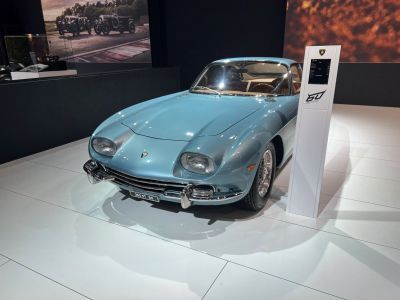
| Production: | 1964-1967 |
|---|---|
| Model Year: | 1964 |
| Length: | 4460 mm175.6 in |
| Width: | 1730 mm68.1 in |
| Height: | 1230 mm48.4 in |
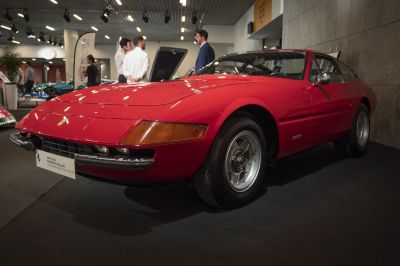
| Production: | 1969-1973 |
|---|---|
| Model Year: | 1969 |
| Length: | 4425 mm174.2 in |
| Width: | 1760 mm69.3 in |
| Height: | 1245 mm49.0 in |
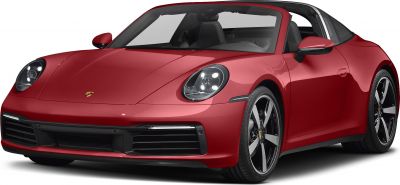
| Production: | 2022-2024 |
|---|---|
| Model Year: | 2023 |
| Length: | 4530 mm178.3 in |
| Width: | 2033 mm80.0 in |
| Height: | 1338 mm52.7 in |
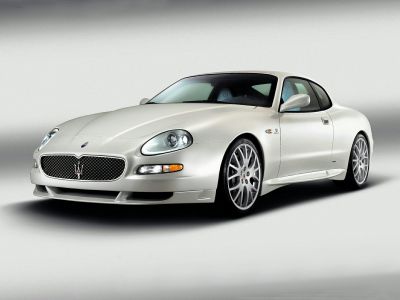
| Production: | 2004-2007 |
|---|---|
| Model Year: | 2004 |
| Length: | 4523 mm178.1 in |
| Width: | 1822 mm71.7 in |
| Height: | 1295 mm51.0 in |

| Production: | 1998-2002 |
|---|---|
| Model Year: | 1998 |
| Length: | 4510 mm177.6 in |
| Width: | 1820 mm71.7 in |
| Height: | 1310 mm51.6 in |

| Production: | 2002-2007 |
|---|---|
| Model Year: | 2002 |
| Length: | 4523 mm178.1 in |
| Width: | 1822 mm71.7 in |
| Height: | 1305 mm51.4 in |
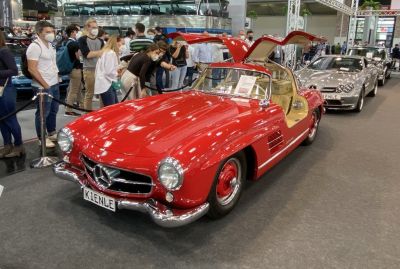
| Production: | 1954-1957 |
|---|---|
| Model Year: | 1954 |
| Length: | 4520 mm178.0 in |
| Width: | 1790 mm70.5 in |
| Height: | 1300 mm51.2 in |

| Production: | 2005-2009 |
|---|---|
| Model Year: | 2006 |
| Length: | 4565 mm179.7 in |
| Width: | 1835 mm72.2 in |
| Height: | 1358 mm53.5 in |
